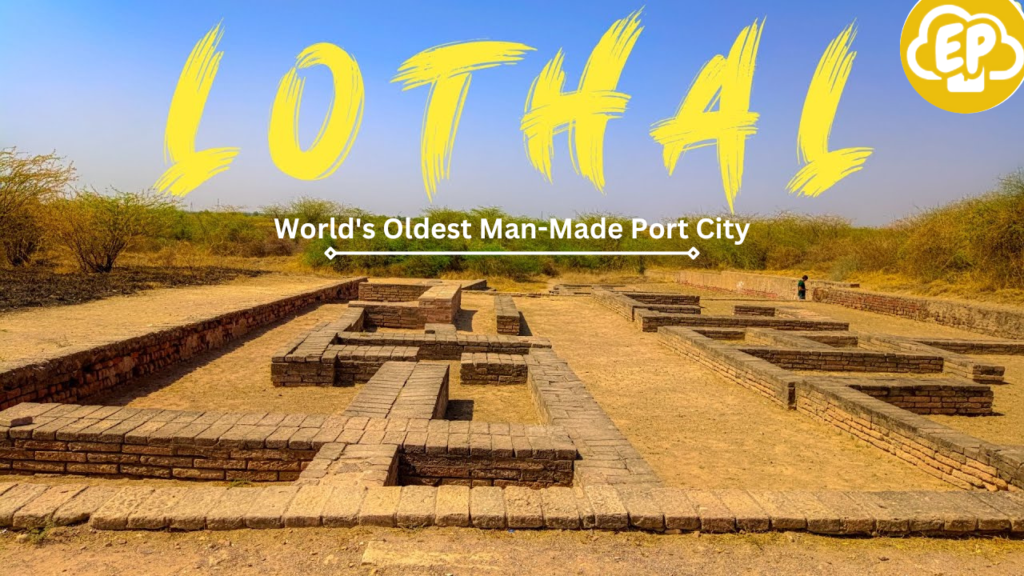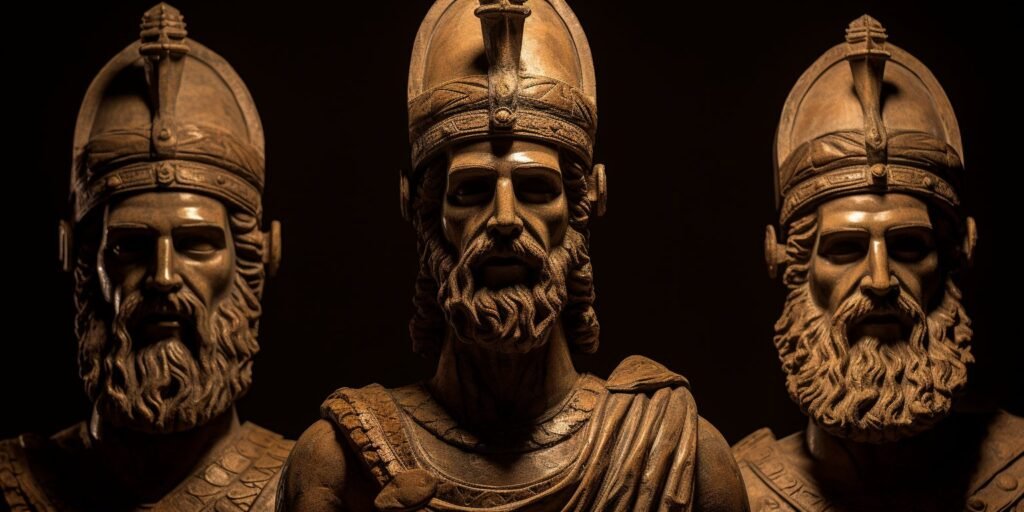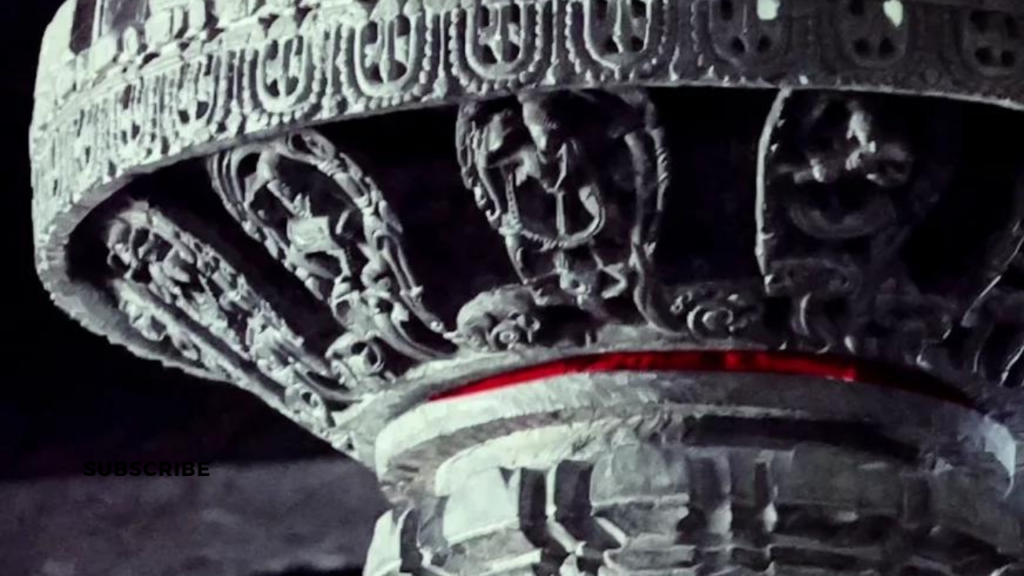Posted inBlog Cultural Heritage
Veeranam Lake: A Guide to the 1000 Years Old Freshwater Reservoir in Tamil Nadu
The opening chapter of the book Ponniyin Selvan, authored by Kalki Krishnamurthy, is set on the banks of the Veera Narayana Lake. The author gives an elaborate description of the features of the Veeranam Lake: A Historical Reservoir in Tamil Nadu with a Catchment Area of 25 km and the way multiple rivers flow into the lake.










